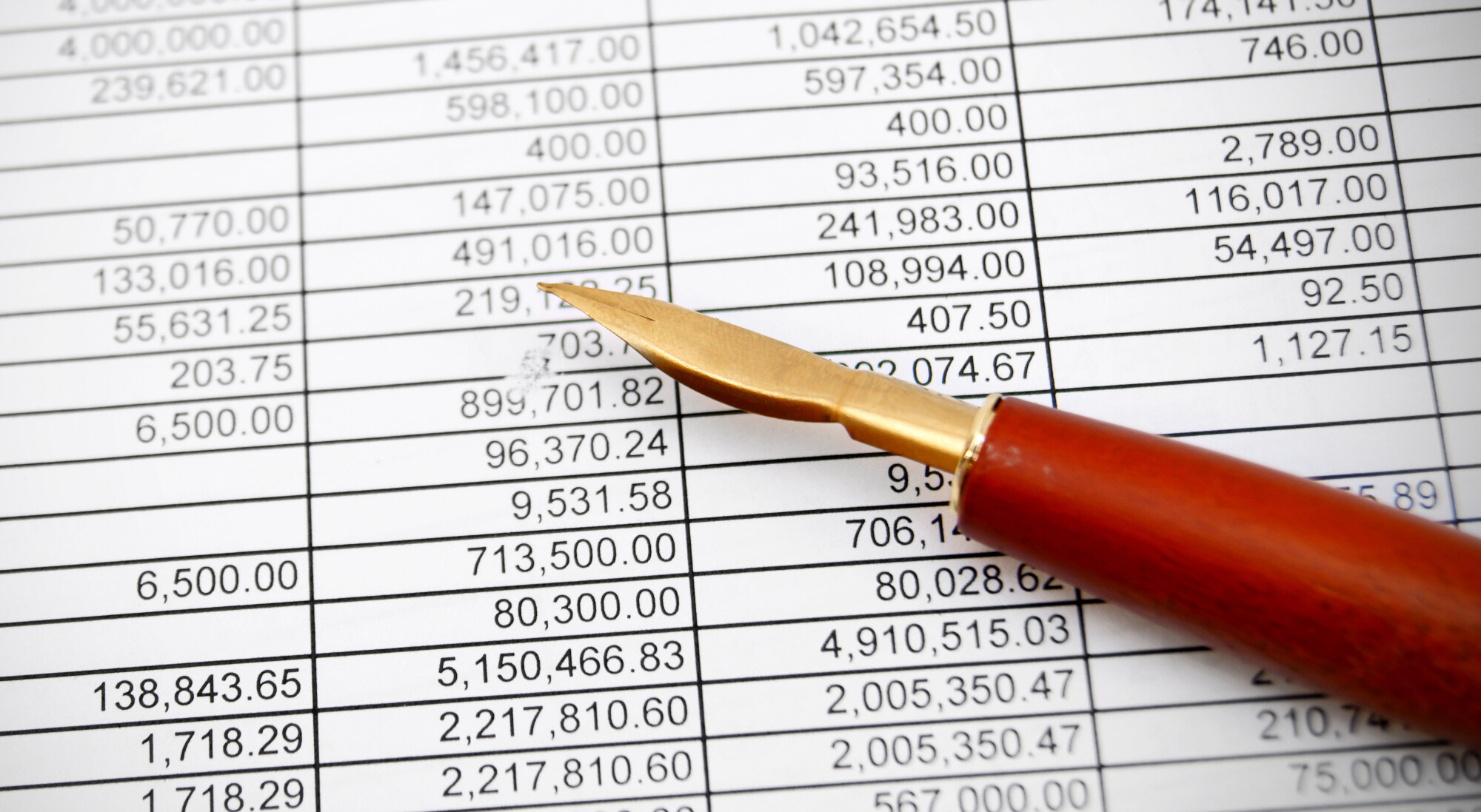
Managing your expenses is essential for keeping a solid business standing. Not only does it let you know how much you’ve spent in total, but it also lets you know where to cut back and spend less.
It’s not easy to manage your expenses manually, though. You have to record every purchase you make on a spreadsheet, and that can be a lot of work to track everything down.
But what if there was a better way? A way that automates most of the work, so you don’t have to go through the trouble? Well, there is a way.
Let this be your guide on how to draft a spreadsheet for business expenses.
1) Understanding the Basics of Excel
Start by creating categories for your expenses, such as travel, advertising, taxes, and wages. When entering items under each category, it is important to be as detailed and accurate as possible.
When entering expenses, it may be beneficial to use auto-sum functions in lieu of manual calculations. Furthermore, creating summary sheets for your spreadsheet can be extremely helpful for analyzing and interpreting the data. When saved, be sure to back-up documents regularly.
Finally, always consider security measures to protect sensitive financial information. Following these tips will ensure smooth and efficient operations for businesses.
2) Outlining a Spreadsheet Structure
This can easily be used to track expenses over time. If necessary, there can be additional columns for any specific category, such as ‘Items,’ ‘Locations,’ ‘Suppliers,’ or ‘Taxes.’ Also, consider setting up a row to identify the source of income which can be used to offset any expenses you already have. If taxes are being applied, set up a formula to automatically calculate taxes on each item.
With regards to presentation, ensure each spreadsheet is concise and properly formatted. Consider setting up some color coding rules to make the document look organized and comprehensive.
3) Identifying Relevant Information to Log
Important details to note in the spreadsheet could include categories such as meals and entertainment, travel, supplies, vendors, and other company costs. Be sure to accommodate currency conversion and file formats that should upload correctly in various software programs. By planning ahead and laying out the important elements, one will be able to create a well-structured spreadsheet.
4) Visualizing Data with Graphs and Charts
Graphs and charts can help you quickly and effectively display spending trends and budget issues. When drafting a spreadsheet to track expenses like replacing commercial hvac system, it is important to consider several key factors before visualizing your financial data. Make sure you have accurate and updated information on all spending, breaking expenses into categories like travel, equipment, supplies, and payroll.
When inputting your data, make sure that it is easily understood and reflected in your charts. Consider what type of chart will best portray the data and the message you are trying to convey. Use an interactive chart that allows for drill-downs for further detail when assessing spending trends over time.
Proper Tracking Using a Spreadsheet for Business Expenses
Now you have the tools you need to draft a successful spreadsheet for business expenses. Take the time to adequately plan and prioritize expenses, create and format your spreadsheet, add expenses, and define rules through formulas. With these tips, you’re on your way to staying on budget and succeeding in your business ventures.
Found this interesting? Read the rest of our blog and learn more!




